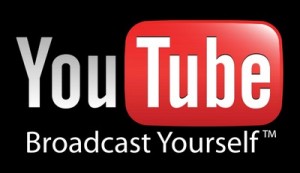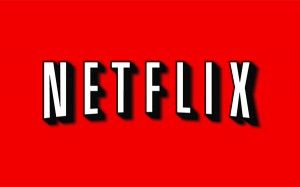YouTube is going Hollywood with its new streaming VOD service that may provide some competition to services from the likes of iTunes, Hulu and Netflix. YouTube Movies now offers current mainstream features in addition to trailers, reviews, alternate endings, behind-the-scenes specials, cast interviews, and other extras. (You can browse current titles and check out the interface at the YouTube Movies page.)
 This may prove to be a big move for Google (YouTube’s parent company), which no doubt hopes consumers will use Google TV (with updated Android 3.1 this summer) to stream rented movies. YouTube has been renting and offering movies for free with ads for more than a year, but the titles have been less than current.
This may prove to be a big move for Google (YouTube’s parent company), which no doubt hopes consumers will use Google TV (with updated Android 3.1 this summer) to stream rented movies. YouTube has been renting and offering movies for free with ads for more than a year, but the titles have been less than current.
According to the FAQ section of the company’s press release, YouTube has added approximately 3,000 new titles, “including catalog and new releases from Sony Pictures, Warner Bros, NBC Universal, Lionsgate Films and many great independent studios. This brings the total number of movie titles available to rent on YouTube to over 6,000.”
Viewers will have 30 days to begin watching a rental and, in most cases, will have up to 24 hours to complete viewing.
Engadget reports: “The pricing is $2.99/$3.99 for movies viewable via PC or Google TV (no other device support is mentioned) and the FAQ notes that YouTube supports resolutions up to 4K but ‘most’ of the new additions are sadly in SD, a choice which is apparently up to its partners.”
YouTube is betting that consumers are ready for a change in their viewing habits. Head of YouTube, Salar Kamangar writes on the company’s blog: “You’re finding more and more of the content you love on YouTube, which is now available on 350 million devices. We know this because you’re watching videos to the tune of 2 billion views a day. But you’re spending just 15 minutes a day on YouTube, and spending five hours a day watching TV. As the lines between online and offline continue to blur, we think that’s going to change.”
Related Engadget post (including YouTube press release and FAQ): “YouTube adds 3,000 movies for rental from Universal, Sony, Warner Bros.” (5/9/11)
Related article from TheWrap: “YouTube Finally Goes Hollywood With New Movies on Demand Service” (4/25/11)
Related article from TheWrap: “Mark Cuban: YouTube Can Change the World, But It Can’t Make Money Streaming” (4/14/11)






